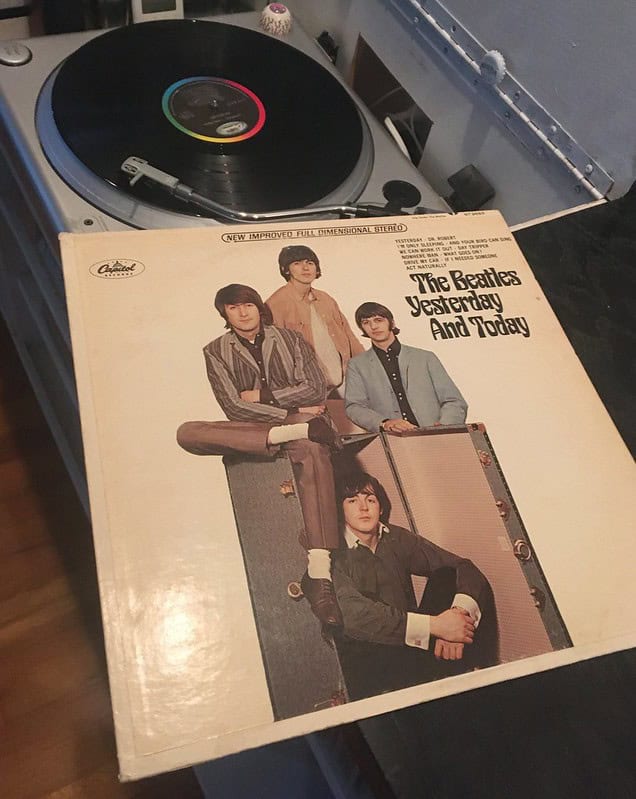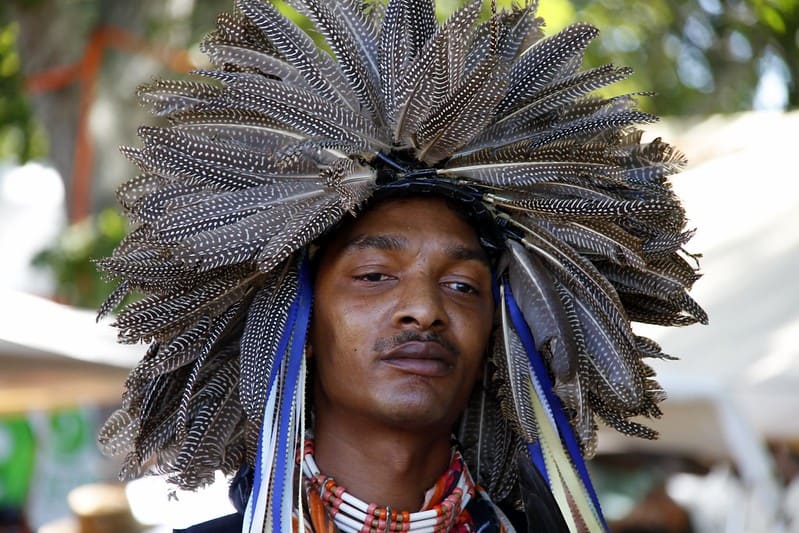The animal kingdom is home to an astonishing variety of mammals, some of which are so rare that their existence is barely known to the world. These rare mammals, often living in remote and isolated habitats, face numerous threats that put their survival at risk. From the elusive Saola in Southeast Asia to the critically endangered vaquita in the Gulf of California, each species has unique characteristics and plays a vital role in its ecosystem. Conservation efforts are crucial to preserving these extraordinary creatures and ensuring that future generations can continue to marvel at the planet’s rich biodiversity.
Saola (Pseudoryx nghetinhensis)
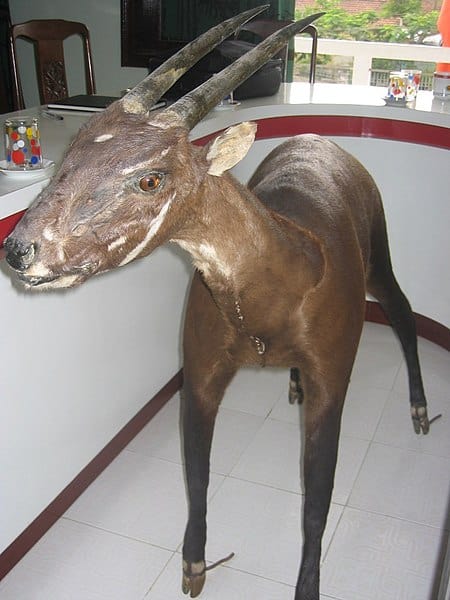
The Saola, often dubbed the “Asian unicorn,” is one of the most elusive and rare mammals in the world. Native to the Annamite Range of Vietnam and Laos, this antelope-like creature was first discovered by scientists in 1992. It has long, slender horns and distinctive white facial markings. Despite extensive field surveys, sightings remain extremely rare, making it a symbol of Southeast Asian biodiversity and conservation challenges.
Vaquita (Phocoena sinus)
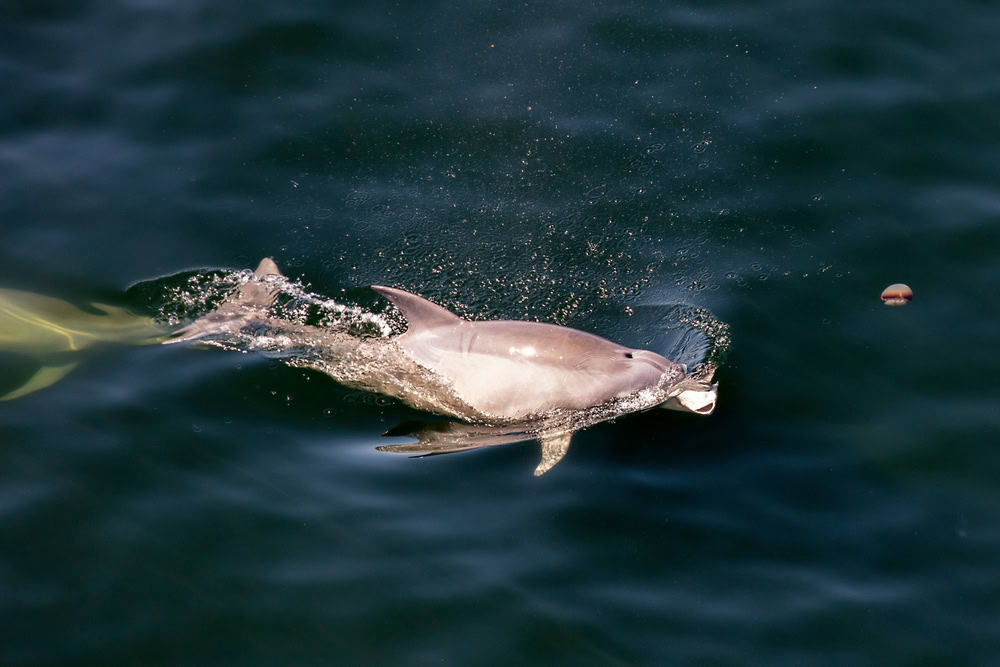
The vaquita, a small porpoise native to the northern part of the Gulf of California, is critically endangered, with fewer than 20 individuals remaining. This diminutive marine mammal, characterized by its dark eye patches and lip markings, faces imminent extinction due to bycatch in illegal gillnets used for fishing another endangered species, the totoaba fish. Conservation efforts are ongoing but face significant challenges.
Javan Rhino (Rhinoceros sondaicus)
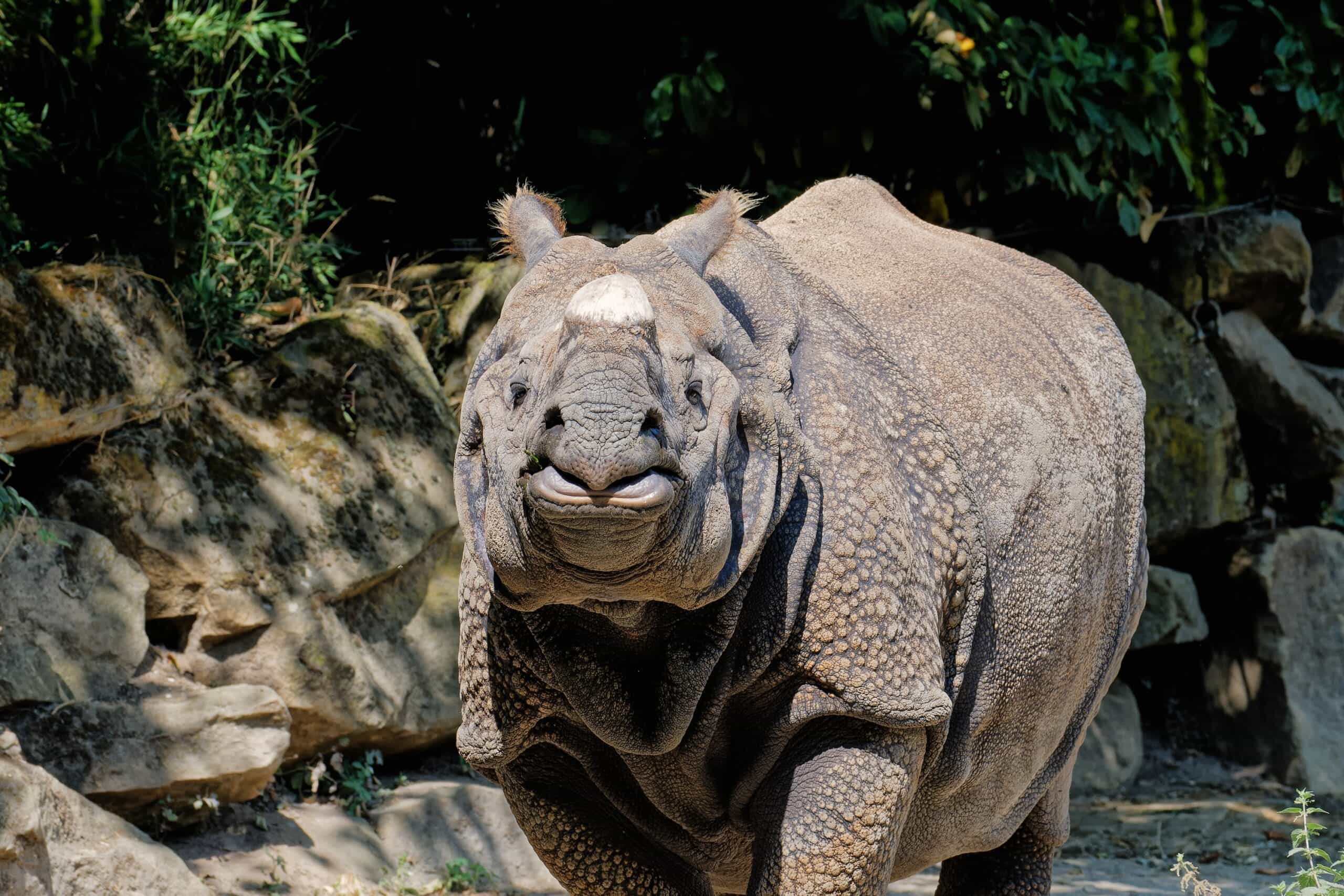
The Javan rhinoceros, once widespread across Southeast Asia, is now confined to Ujung Kulon National Park in Java, Indonesia. With fewer than 75 individuals left, this rhino species is critically endangered. Its rugged, armored appearance and single horn distinguish it from other rhino species. Habitat loss and poaching have drastically reduced its population over the years.
Sumatran Tiger (Panthera tigris sumatrae)
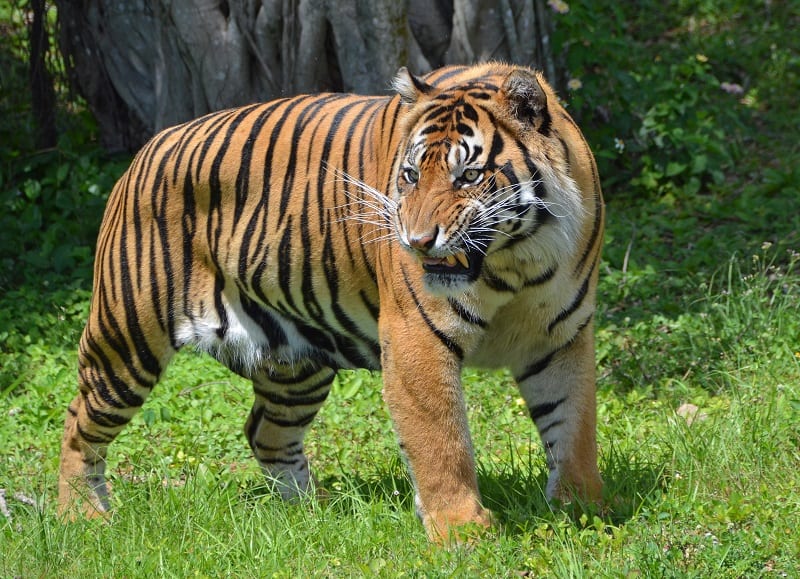
Native to the Indonesian island of Sumatra, the Sumatran tiger is the smallest surviving tiger subspecies. Fewer than 400 individuals remain in the wild, primarily due to habitat destruction and poaching. This majestic predator features a unique dark orange coat with black stripes and is known for its exceptional agility and strength.
Amur Leopard (Panthera pardus orientalis)
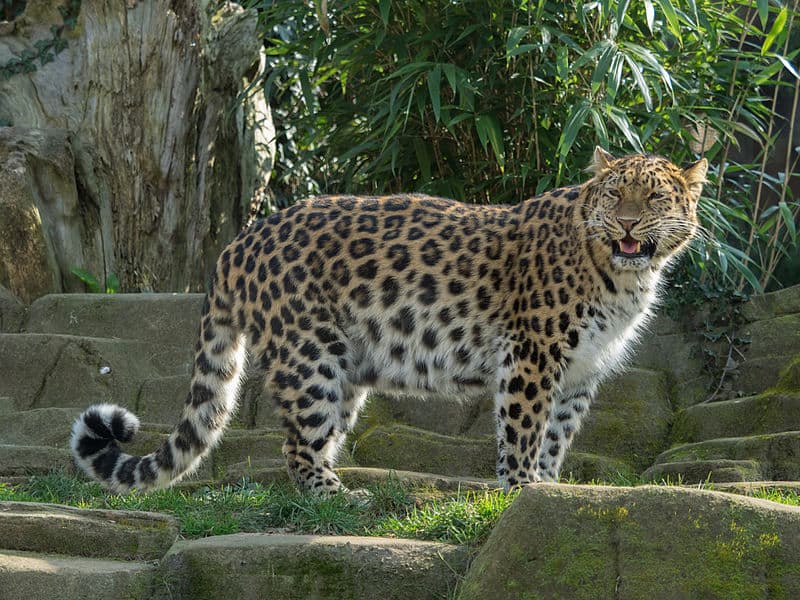
The Amur leopard, native to the temperate forests of the Russian Far East and northeastern China, is one of the most endangered big cats in the world. With an estimated population of fewer than 100 individuals, this leopard is critically endangered. It has a pale coat covered in widely spaced rosettes and long legs adapted for snowy environments.
Hainan Gibbon (Nomascus hainanus)
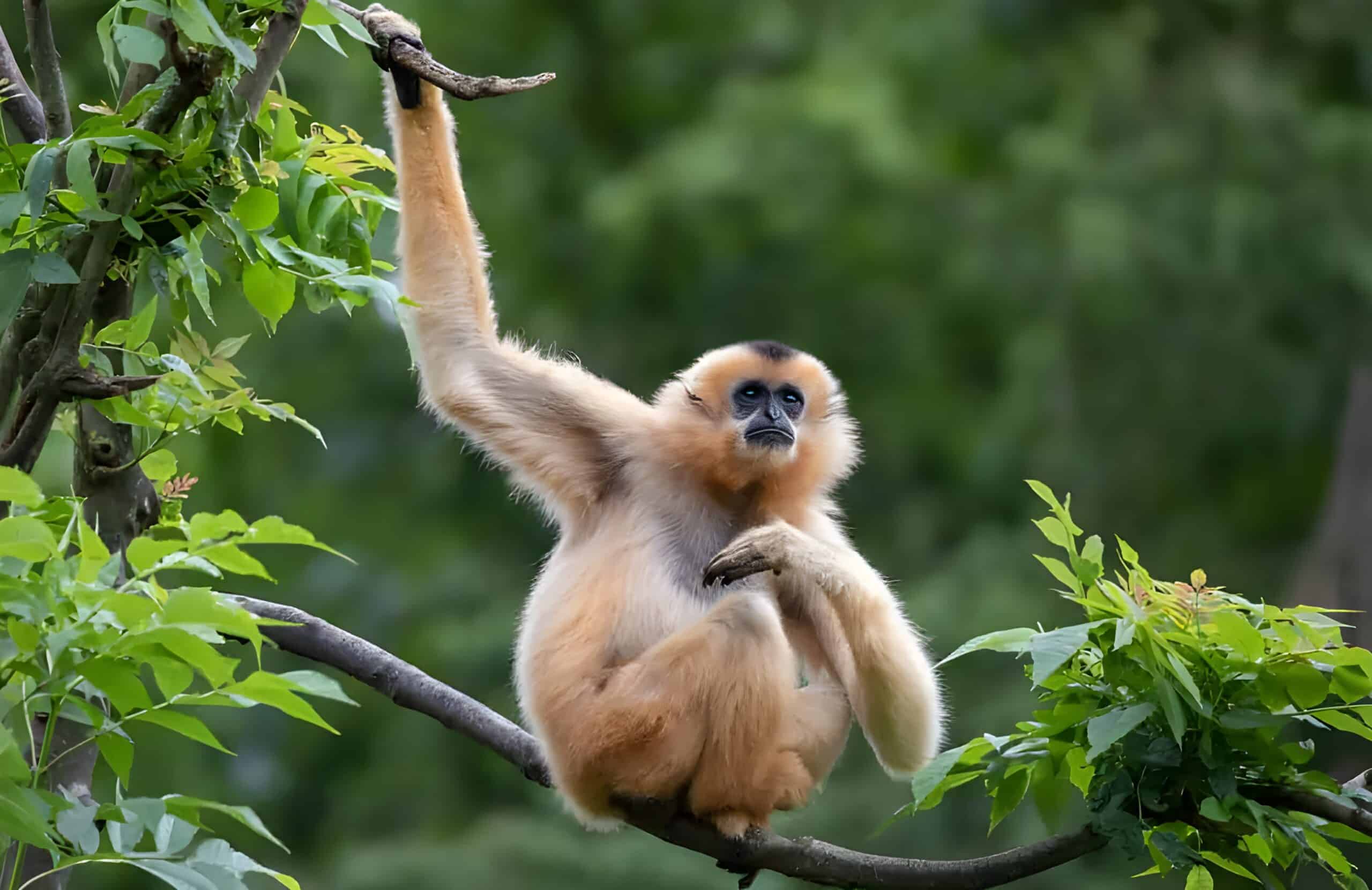
Endemic to the island of Hainan in China, the Hainan gibbon is the world’s rarest primate, with only about 30 individuals left. This small ape, known for its distinctive singing, resides in the tropical forests of Bawangling National Nature Reserve. Its survival is threatened by habitat loss and fragmentation.
Black-footed Ferret (Mustela nigripes)
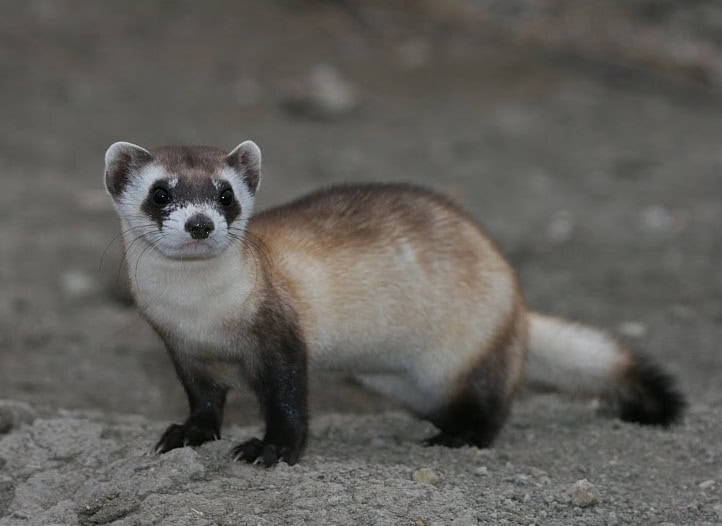
Once thought to be extinct, the black-footed ferret was rediscovered in Wyoming in 1981. This North American carnivore depends heavily on prairie dog colonies for food and shelter. Intensive conservation efforts, including captive breeding and reintroduction programs, have helped increase their numbers, though they remain endangered.
Hirola (Beatragus hunteri)
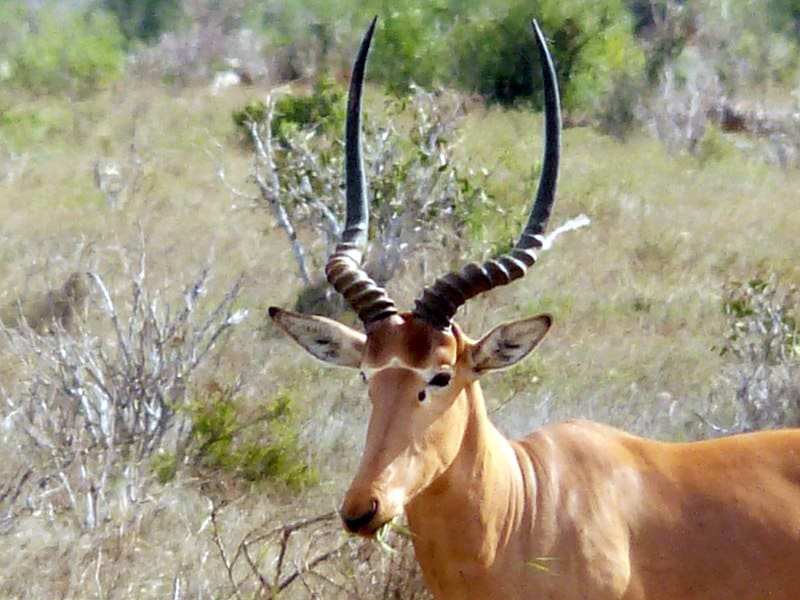
The Hirola, also known as Hunter’s antelope or the “four-eyed antelope,” due to its preorbital glands, is critically endangered. Found only in a small region along the Kenya-Somalia border, the Hirola’s population is estimated to be fewer than 500. This elegant antelope faces threats from habitat loss, predation, and disease.
Philippine Eagle (Pithecophaga jefferyi)
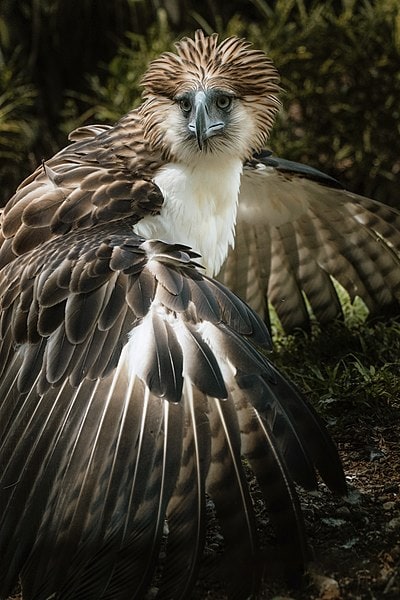
The Philippine eagle, the national bird of the Philippines, is critically endangered with an estimated population of fewer than 500 individuals. Known for its striking blue eyes and massive size, this eagle inhabits the tropical forests of several Philippine islands. Deforestation and hunting pose significant threats to its survival.
Pygmy Three-Toed Sloth (Bradypus pygmaeus)
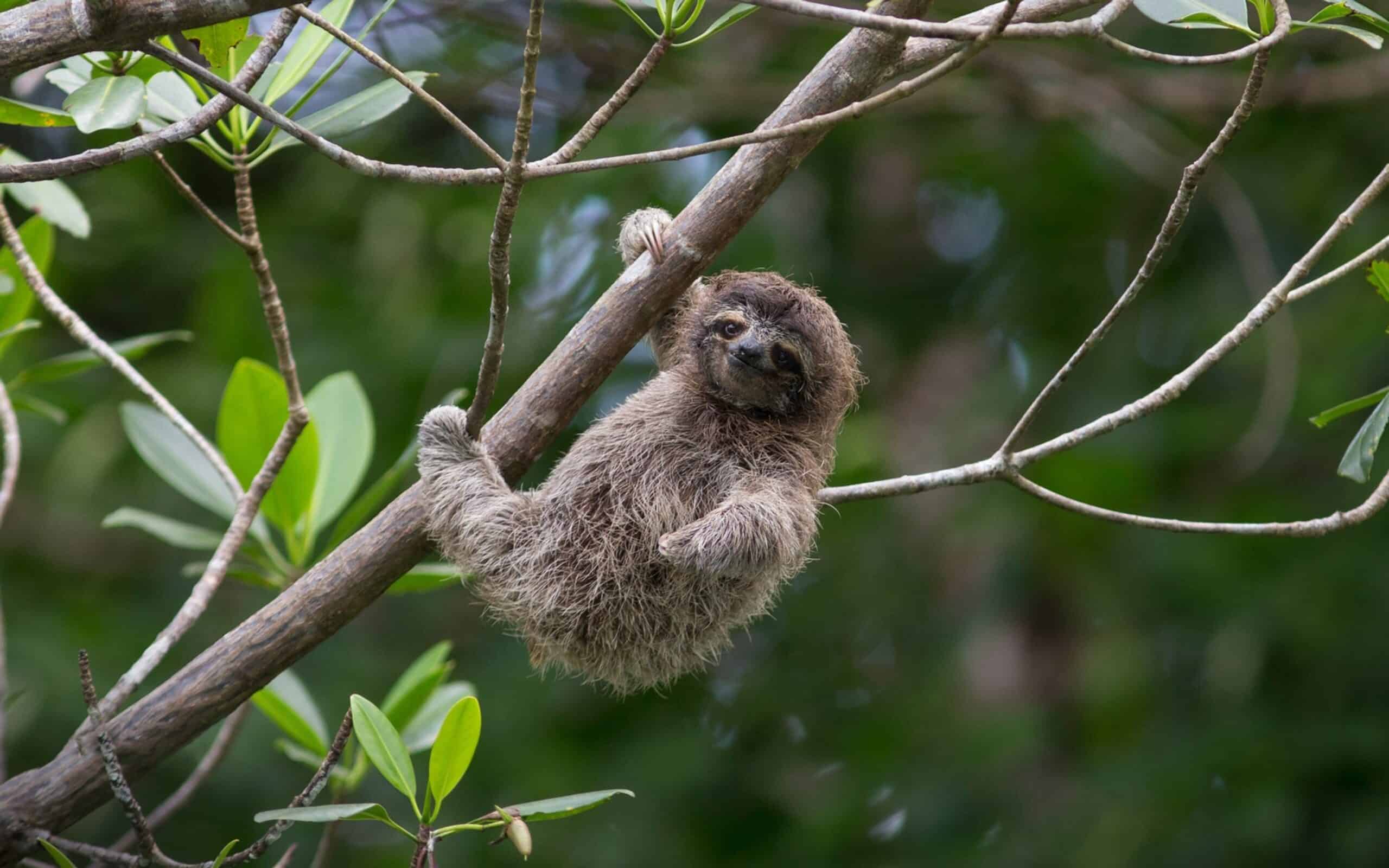
Endemic to Isla Escudo de Veraguas in Panama, the pygmy three-toed sloth is critically endangered, with fewer than 100 individuals remaining. This diminutive sloth is known for its slow movement and preference for mangrove forests. Habitat loss and human encroachment are primary threats to its survival.
Sumatran Orangutan (Pongo abelii)
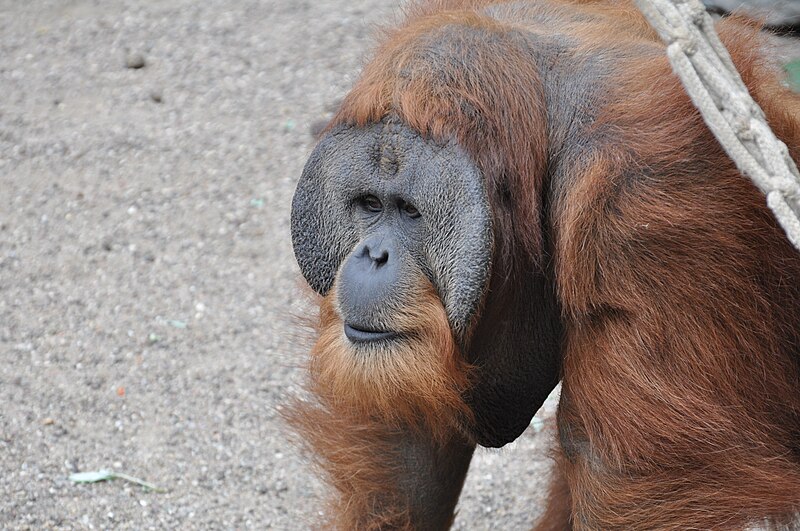
The Sumatran orangutan, one of the two orangutan species, is critically endangered, with an estimated population of around 14,000 individuals. Native to the forests of Sumatra, Indonesia, this great ape is known for its reddish-brown hair and remarkable intelligence. Deforestation, habitat fragmentation, and poaching threaten its existence.
Mountain Gorilla (Gorilla beringei beringei)
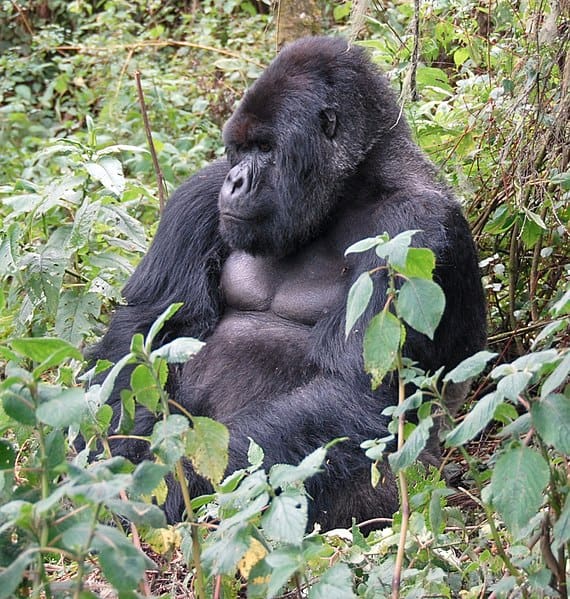
The mountain gorilla, a subspecies of the eastern gorilla, is found in the volcanic slopes of the Virunga Massif and Bwindi Impenetrable National Park in East Africa. With fewer than 1,100 individuals left, it is critically endangered. Conservation efforts have seen a gradual increase in their numbers, but they remain under threat from habitat loss and disease.
Cross River Gorilla (Gorilla gorilla diehli)
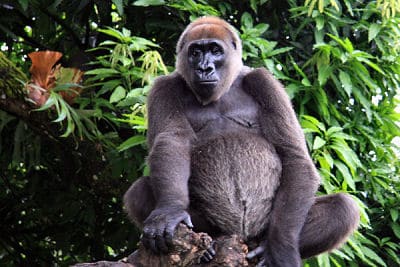
The Cross River gorilla, a subspecies of the western gorilla, inhabits the mountainous border area between Nigeria and Cameroon. With an estimated population of only 250 to 300 individuals, it is critically endangered. Habitat destruction and human activities pose significant risks to this elusive primate.
Northern Hairy-Nosed Wombat (Lasiorhinus krefftii)
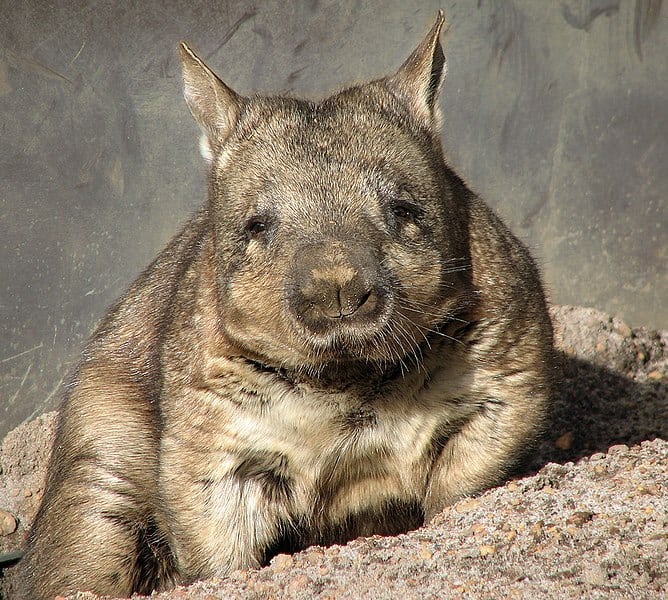
The northern hairy-nosed wombat, one of the world’s rarest large mammals, is critically endangered, with fewer than 300 individuals confined to Epping Forest National Park in Queensland, Australia. This burrowing marsupial is distinguished by its large, pointed ears and soft, gray-brown fur. Conservation efforts focus on habitat protection and population monitoring.
Ili Pika (Ochotona iliensis)
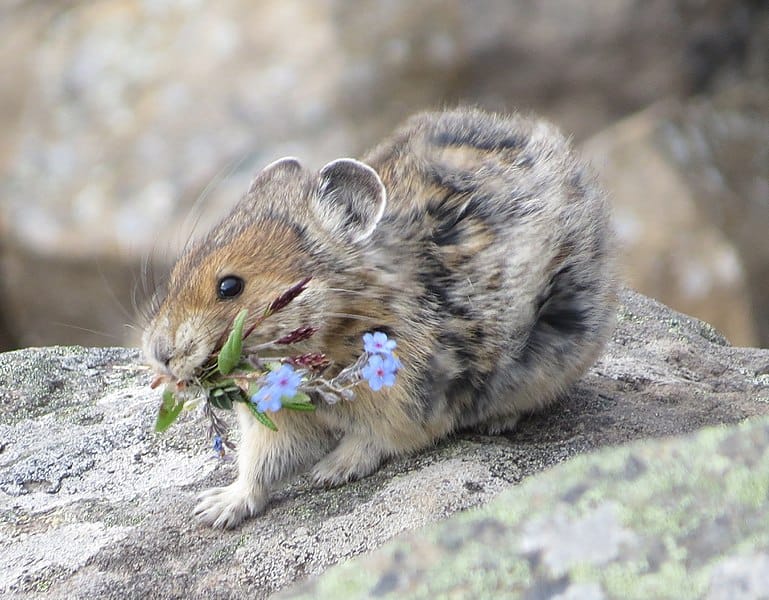
The Ili pika, a small mountain-dwelling mammal native to the Tianshan Mountains of China, is one of the least understood and rarest mammals. With fewer than 1,000 individuals estimated to remain, this adorable creature is known for its large, rounded ears and preference for high-altitude rocky habitats. Climate change and human activities threaten its survival.
Pygmy Hog (Porcula salvania)
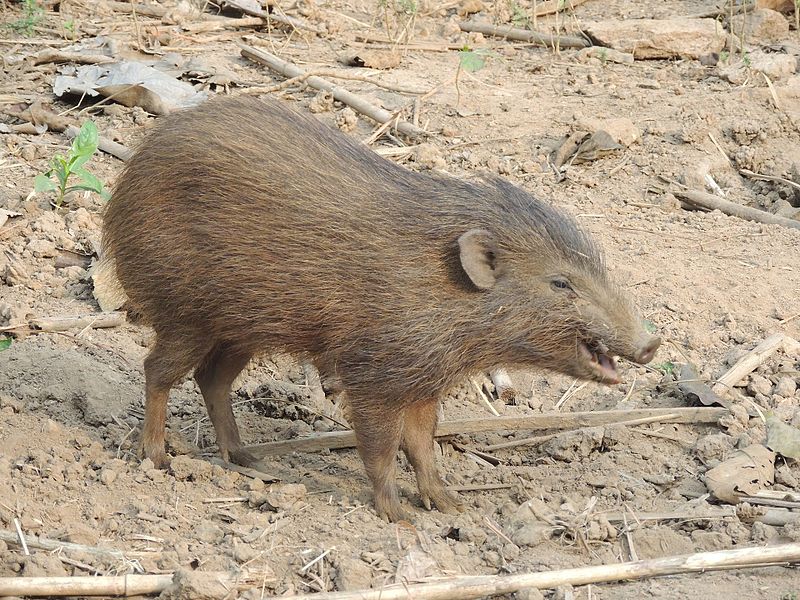
The pygmy hog, native to the grasslands of the Assam region in India, is the world’s smallest and rarest wild pig species. With fewer than 250 individuals in the wild, it is critically endangered. This tiny pig is characterized by its small size, bristly coat, and secretive nature. Habitat destruction and human encroachment are major threats to its existence.
Sri Lankan Leopard (Panthera pardus kotiya)
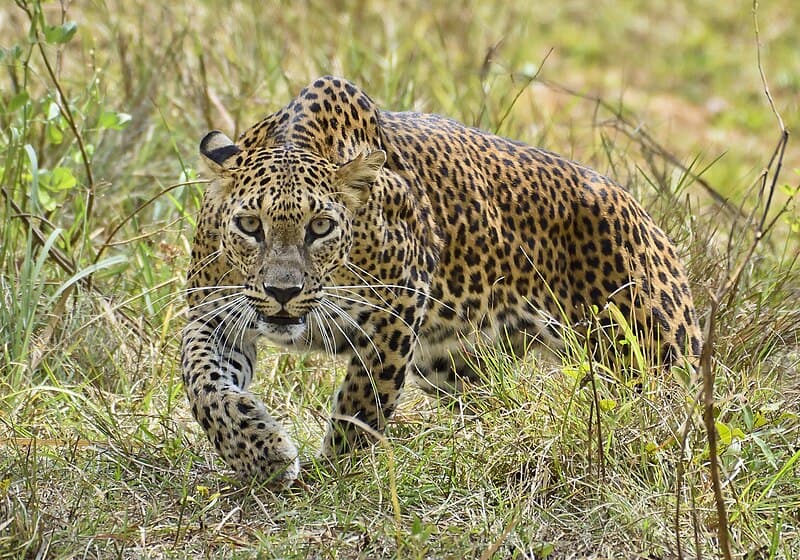
The Sri Lankan leopard, endemic to Sri Lanka, is classified as endangered, with an estimated population of fewer than 800 individuals. This solitary and elusive big cat is known for its beautiful golden-yellow coat with dark spots and rosettes. Habitat loss, human-wildlife conflict, and poaching are significant threats to its survival.
Baiji (Lipotes vexillifer)

The Baiji, also known as the Chinese river dolphin, is possibly extinct, with no confirmed sightings since 2002. Native to the Yangtze River, this freshwater dolphin was known for its long, narrow beak and small dorsal fin. Industrialization, pollution, and boat traffic led to its dramatic decline, making it a poignant symbol of human impact on river ecosystems.
Borneo Elephant (Elephas maximus borneensis)
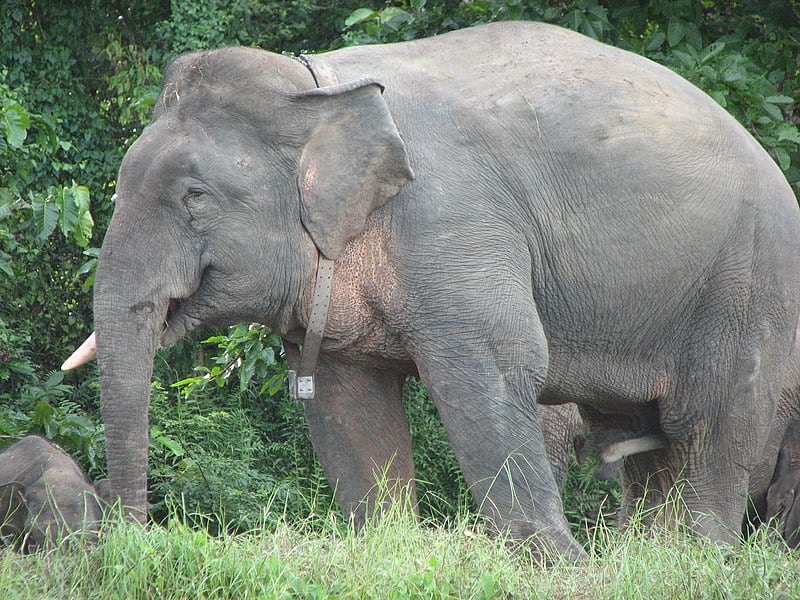
The Borneo elephant, a subspecies of the Asian elephant, is found only on the island of Borneo. With an estimated population of around 1,500 individuals, it is endangered. These elephants are smaller and have relatively straighter tusks compared to other Asian elephants. Deforestation and human-elephant conflict are major threats to their survival.
Iriomote Cat (Prionailurus bengalensis iriomotensis)
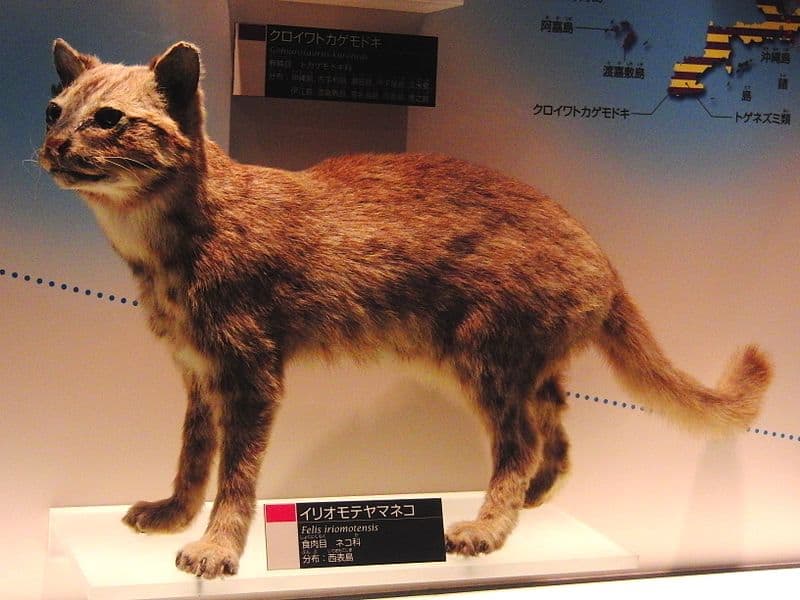
Endemic to Iriomote Island in Japan, the Iriomote cat is critically endangered, with fewer than 100 individuals left. This small, nocturnal wildcat is known for its distinctive dark coat and agile hunting skills. Habitat loss, road accidents, and diseases are the primary threats to its survival.
This article originally appeared on Rarest.org.
More From Rarest.Org
Vinyl records have long been treasured by music enthusiasts for their rich sound and tangible connection to the past. While many albums are readily available, some have become incredibly rare and highly sought after by collectors. Read more.
In a world dominated by major languages like English, Spanish, and Mandarin, countless other languages teeter on the brink of extinction. These rare languages, each with a unique history and cultural significance, offer invaluable insights into human diversity. Read more.
Mint error coins have always fascinated the numismatics around the world. Their rarity and uniqueness boost their value among the collectors. An error coin can be caused by equipment malfunction during the process of minting. Read more.

